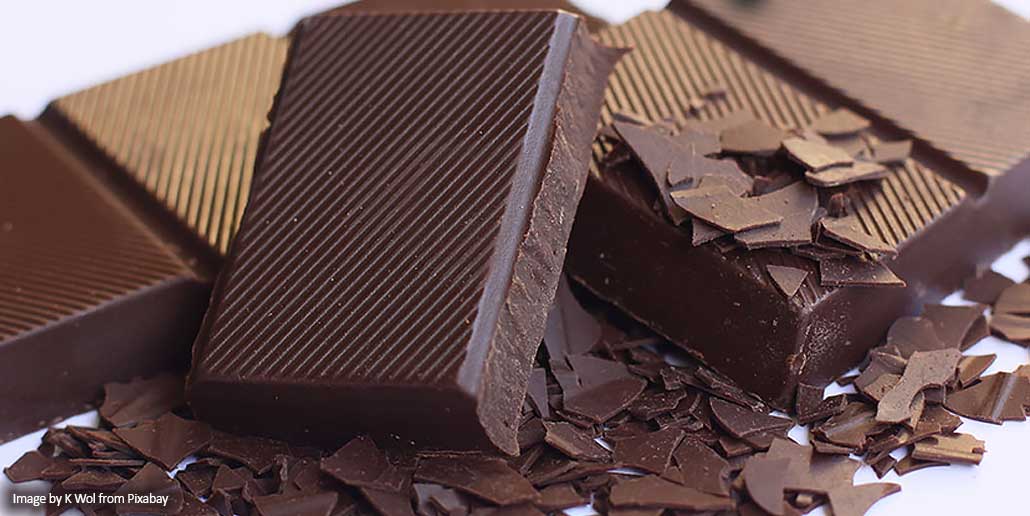
Grading and Quality of Chocolate
When it comes to chocolate, the grading system plays a crucial role in determining its quality. Much like wine, coffee, or even olive oil, chocolate’s complexity and richness are the result of a blend of elements that come together during cultivation, production, and processing. Factors such as the cacao content, the region where the beans are grown, and the methods used by chocolatiers all contribute to the distinct characteristics of each chocolate bar. These components ultimately define the taste, texture, and overall experience of enjoying chocolate, offering a wide spectrum of flavours, from bold and intense to smooth and delicate.
Understanding how chocolate is graded and what makes some bars stand out from others is key to appreciating its craftsmanship. Whether you’re a lifelong chocolate lover or a newcomer exploring the world of fine chocolate, taking the time to learn about the underlying factors that influence its quality can vastly enhance your chocolate-tasting journey. The importance of cacao content, bean origin, and the methods of production cannot be overstated, and they offer a deeper appreciation of what goes into creating the delicious chocolate we savour. By delving into these aspects, you’ll discover the art behind chocolate-making and why some bars leave a more lasting impression than others.
Cacao Content: The Percentage of Cocoa in Your Chocolate
One of the most significant indicators of a chocolate’s quality is its cacao content. This refers to the percentage of cocoa mass (cacao nibs), cocoa butter, and sugar in the chocolate. For example, a bar labelled as “70% dark chocolate” contains 70% cocoa and 30% sugar.
The higher the cacao percentage, the more intense and bitter the chocolate will taste. Dark chocolate with higher cacao content (usually between 70%-100%) is considered superior by many chocolate connoisseurs, as it delivers a rich, complex flavour with less sweetness. Milk chocolate, typically containing between 30%-50% cocoa, has a smoother, creamier texture with a more pronounced sweetness. White chocolate, which contains no cocoa solids, is made with just cocoa butter, sugar, and milk, and it has a completely different flavour profile.
Bean Origin: The Role of Terroir
Just as with wine or coffee, the origin of cocoa beans, often referred to as the “terroir,” significantly impacts the flavour of chocolate. Beans from different regions of the world bring unique flavour notes to the chocolate, similar to how grapes grown in different regions can affect the taste of wine. For instance:
- Criollo beans from Latin America are often considered the highest-quality beans, known for their rich, complex flavour profiles with fruity, floral, or nutty notes.
- Forastero beans, more common in mass-market chocolate, tend to have a stronger, more bitter taste, but they are also more resilient and easier to grow.
- Trinitario beans are a hybrid variety that combines the best traits of both Criollo and Forastero, often producing a balanced chocolate with rich flavours.
The soil, climate, and altitude where the beans are grown, as well as the fermentation and drying process, all contribute to the final flavour of the chocolate.
Manufacturing Methods: Craftsmanship Behind the Chocolate Bar
The way chocolate is processed also has a significant impact on its quality. After the cocoa beans are harvested, they undergo fermentation and drying before being roasted. The quality of roasting can drastically affect the chocolate’s flavour. Premium chocolates typically use careful roasting methods that bring out the beans’ natural flavour profile without overpowering it.
The conching process, where chocolate is continually stirred and ground for several hours to develop smoothness, is also a hallmark of high-quality chocolate. The longer the conching process, the smoother and more refined the chocolate will taste. Furthermore, the tempering process, where chocolate is cooled and re-heated to specific temperatures to ensure a glossy finish and smooth texture, is essential for making high-end chocolate.
A Perfect Balance
In premium chocolate, all of these factors—cacao content, bean origin, and manufacturing methods—come together to create a final product that is rich in flavour and texture. High-quality chocolate often has a smooth, velvety mouthfeel, with well-balanced sweetness, bitterness, and complex flavours.
When purchasing chocolate, consider the cacao percentage, the origin of the beans, and the reputation of the manufacturer. These elements are essential in selecting a bar that will deliver a truly refined and memorable chocolate experience. By understanding how chocolate is graded and what contributes to its quality, you can elevate your appreciation for this indulgent treat and select the best options available.

